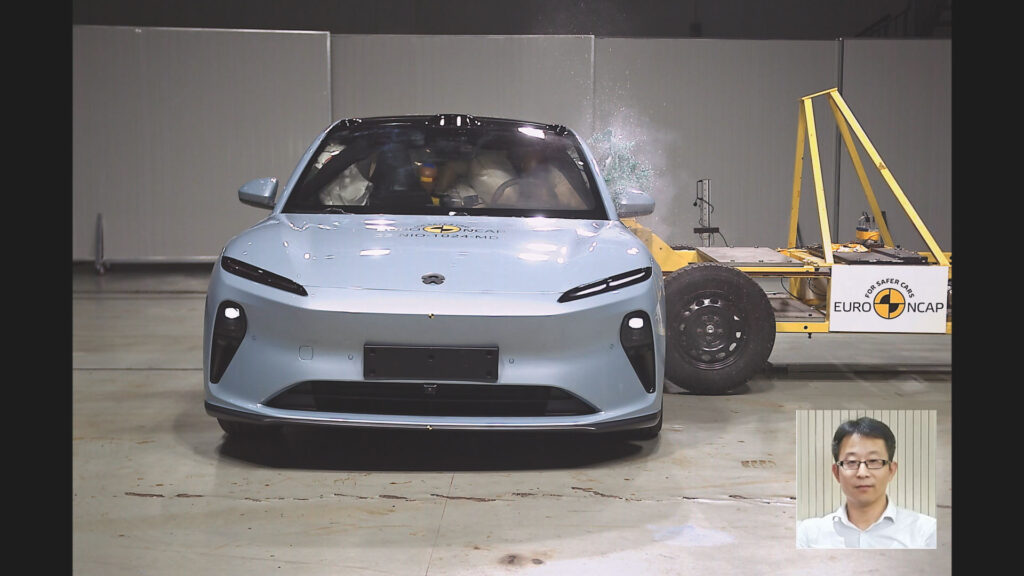Nio Attribute Center director Mingchuan Chu talks to ATTI about the testing and development program for the car maker’s EL6 and ET5 Touring.
When developing the EL6 and ET5 Touring, which vehicles did you benchmark against?
Our focus is on enhancing user experience and innovating across design aspects. While benchmarks have their place, we prioritize creativity. We respect traditional auto mechanics in the premium segment, which is the foundation for a holistic user experience.
Where did you go to test?
Tests are conducted across various locations in China and Europe to cover global use cases. Validation disciplines encompass safety, durability, NVH, thermal comfort, vehicle dynamics, range, driveability, power performance and ADAS functions. Specifically, extreme-weather tests were done in various locations in China, including Sanya (high humidity), Turpan (high temperature) and Heihe (low temperature), for design functionality, reliability and thermal comfort. ADAS validation involves local and cross-country road tests. When it comes to EU-specific validation, the engineering public-road test team conducts specialized tests to validate unique European usage scenarios that cannot be replicated in China. Around 10 countries were chosen for testing, covering approximately 20,000km for each vehicle. More than 100 special test cases were completed to meet the demands of the European market. On each program, more than 100 engineers were involved.

What were the fundamentals of the programs?
We extensively tested various types of trailers and roof racks in the EU, subjecting them to different road conditions and scenarios. This ensured that our vehicles can handle a wide range of usage scenarios.
Simulation is a cornerstone of development at Nio, serving as a foundation for concept enhancements and bridging the gap between virtual and physical phases. It enables us to iterate and optimize designs efficiently. Our DIL methodology greatly enhances user experience and speeds up development. By immersing drivers in virtual scenarios, we are able to gather valuable insights before physical testing, covering a wide range of realistic situations.
What role do driving simulators play in engineering at Nio?
Simulation and driver-in-the-loop are integral pillars in Nio’s auto development, offering multifaceted benefits. Simulation underpins project advancement, particularly during the concept phase in which iterative virtual development loops enhance initial designs. DIL bridges the gap between the conceptual and physical stages, bringing drivers into the virtual realm for a tangible user experience before prototypes are made. This approach extends to various testing scenarios, from everyday driving to risky corner cases, ensuring holistic validation and prioritizing safety. The driving simulator’s integration into software fault injection and ADAS testing further streamlines development, shortening timelines with solid engineering evidence.
How is Nio improving its testing?
We aim to reduce reliance on weather conditions by enhancing in-lab testing. This includes merging environmental chambers with dyno testing for accurate on-road simulation. We’re also expanding system-level testing for comprehensive validation. Despite progress, snow/ice tests still face seasonal constraints. An indoor facility for dynamics tests, including brake and chassis control, could offer greater flexibility.


